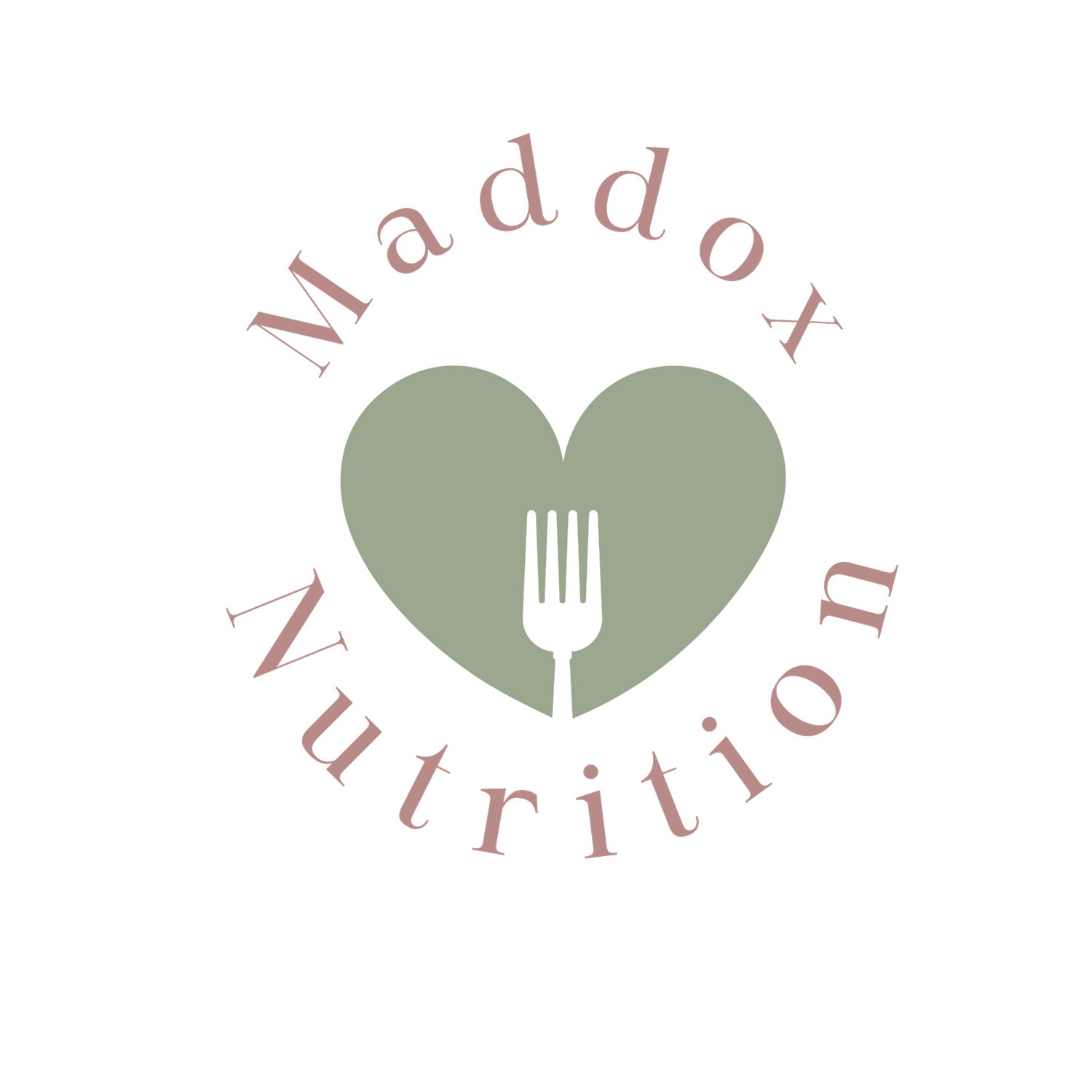Joyful Movement vs. Exercise: Choosing Joy Over Rules
Thanks to diet culture, exercise is often portrayed as the ultimate path toward health, discipline, and control. You are told that pushing harder, burning more calories, and sticking to rigid routines is the way to prove your worth.
Yet for many people, especially those navigating eating disorders or disordered eating, exercise can become another form of punishment or set of rules. This is where the concept of joyful movement offers a different and more healing perspective.
Understanding the difference between joyful movement vs. exercise is about shifting your relationship with your body.
Joyful Movement vs. Exercise: What’s the Difference
To see why joyful movement is powerful in recovery, you need to first understand how it contrasts with diet culture’s traditional view of exercise.
Diet culture’s approach to exercise
Exercise, as most people know it, often carries strict rules. It is defined by sets, reps, time, calories burned, or distance covered. This view of exercise tends to be tied to goals like weight loss, toning, or maintaining a certain body shape.
For those struggling with an eating disorder, exercise can become a tool for control. It can feel compulsory, with guilt or shame surfacing if a workout is missed. Instead of offering freedom or health, it becomes another measure of discipline and perfection.
Joyful movement
Joyful movement takes a different path. Instead of rules, it asks you to notice what feels good in your body. It encourages flexibility, curiosity, and playfulness.
Joyful movement does not have to happen in a gym or follow a plan. It might be a walk outside, dancing in your room, stretching before bed, or swimming with friends.
The point is not to measure or control but to enjoy how your body can move.
When you engage in joyful movement, you shift the focus away from punishment and onto connection and presence.
Why exercise can be harmful in eating disorder recovery
When living with an eating disorder, exercise is not always a neutral activity. It can be deeply tied to the disorder itself.
Understanding the risks of excessive and/or compulsive exercise during recovery is essential.
Exercise as a symptom of the disorder
According to research, excessive or compulsive exercise is a common symptom of an eating disorder.
You may have felt that you needed to “earn” your food or “make up” for what you ate. You may have turned exercise into a rule that dictated your day, regardless of how tired or unwell you felt.
This pattern reinforces disordered thinking and pulls you further away from healing. Instead of listening to your body, the disorder takes control of your movements.
Physical and emotional risks
The dangers of pushing your body through rigid exercise in recovery are both physical and emotional. Physically, your body may already be in a vulnerable state. Excessive movement increases fatigue, puts stress on already weakened bones, weakens your immune system, and heightens the risk of injury.
Over time, overuse injuries may appear, and the strain of constant workouts can interfere with your ability to rest, heal, and participate in daily life.
If you’ve experienced over-exercise as a part of your eating disorder, it is crucial to work with a Registered Dietitian specialized in eating disorder recovery to assess your nutrition status and collaborate with your medical team to determine the risk to your bones, organs, and overall safety.
Emotionally, exercise tied to guilt and shame creates cycles of self-criticism. You may feel worthless if you do not meet certain standards or fail to complete a workout. Instead of building you up, exercise tears you down.
Researchers from the Columbia University Irving Medical Center and the New York State Psychiatric Institute examined this connection in depth. Their findings describe exercise addiction as a pattern where physical activity becomes compulsive and continues even when it causes harm.
The research also shows that people with eating disorders are much more likely to experience exercise addiction compared to those without. This overlap makes it clear that traditional exercise can easily reinforce disordered behaviors, which can make recovery even more challenging.
To add, what might look like dedication and discipline on the surface can actually be a form of compulsion that disrupts health, relationships, and overall well-being.
3 key benefits of joyful movement in recovery
Joyful movement offers a healthier alternative. It shifts focus away from rigid demands and places healing at the center.
Below are three essential benefits of embracing joyful movement in recovery.
1. Encourages body respect and compassion
When you choose joyful movement, you learn to honor your body rather than control it. You start listening to cues like energy, comfort, and desire for rest.
Respecting your body builds compassion, allowing you to see it as worthy of care instead of a project to fix.
2. Creates space for play and presence
Joyful movement is about presence. Instead of obsessing over performance, you focus on how it feels to be in the moment.
Dancing, hiking, or stretching becomes a way to connect with yourself and even others. It brings back a sense of play that often gets lost in the rules of exercise.
3. Builds consistency naturally
Diet culture’s view of exercise often leads to burnout because it is built on pressure and obligation. Joyful movement, on the other hand, creates sustainability. You return to it because it feels good, not because you feel forced.
This natural consistency helps movement become a life-giving practice rather than a draining chore.
How to transition from unhealthy exercise to joyful movement
Letting go of strict exercise habits can feel uncomfortable at first, especially if movement has been tied to your eating disorder. A gentle transition is key.
Take a closer look at three steps that can help you shift toward joyful movement.
Step 1: Pause and reflect
Start by asking yourself: Why am I moving right now? Is it because I want to feel energized, or because I feel pressured to burn calories?
This pause allows you to reflect on your motivations and become more aware of how exercise patterns may be reinforcing disordered thoughts.
Step 2: Redefine what “counts” as movement
Movement does not have to mean hours in the gym or long runs.
Walking your dog, playing with a child, stretching in the morning, or gardening all count. By expanding your definition, you free yourself from rigid expectations and begin to celebrate everyday ways your body can move.
Step 3: Release the rules
Give yourself permission to let go of numbers and standards.
Skip the calorie trackers, the stopwatches, and the comparisons. Instead, ask: Does this feel good? Does this help me connect with my body?
Releasing the rules is one of the most powerful steps in embracing joyful movement fully.
Joyful movement vs. Exercise: Which is better in recovery?
While exercise may keep you trapped in rules, joyful movement invites you into peace and presence.
Recovery is not about perfect discipline or strict workouts. It is about finding your way back to body respect, trust, compassion, and balance.
You deserve to move in ways that feel good, not punishing. You deserve to find joy in your body again. And movement can become a source of healing when you give yourself permission to let go of the rules and choose joy.
At Maddox Nutrition, we understand how complicated the relationship with food, body, and movement can feel during recovery. Our team of Christian faith-based, weight-neutral dietitians offers compassionate, individualized support to help you rebuild trust with your body and discover freedom with food and movement.
If you are ready to explore joyful movement and take steps toward lasting recovery, visit maddoxnutrition.co to learn more about how we can walk alongside you in this journey.
-
What you need to know
The difference between a Dietitian and Nutritionist
A dietitian is a regulated healthcare professional who has completed formal education in nutrition and dietetics, undergone supervised training, and is licensed to provide medical nutrition therapy for conditions such as diabetes, eating disorders, or gastrointestinal issues.
The title “dietitian” is legally protected in many countries, ensuring that only those who meet strict professional standards can use it.
In contrast, the title “nutritionist” is not always regulated, meaning anyone can call themselves a nutritionist regardless of training, though some may hold advanced degrees or certifications. Generally, dietitians are qualified to offer clinical nutrition care, while nutritionists often focus on general wellness and healthy lifestyle guidance.

